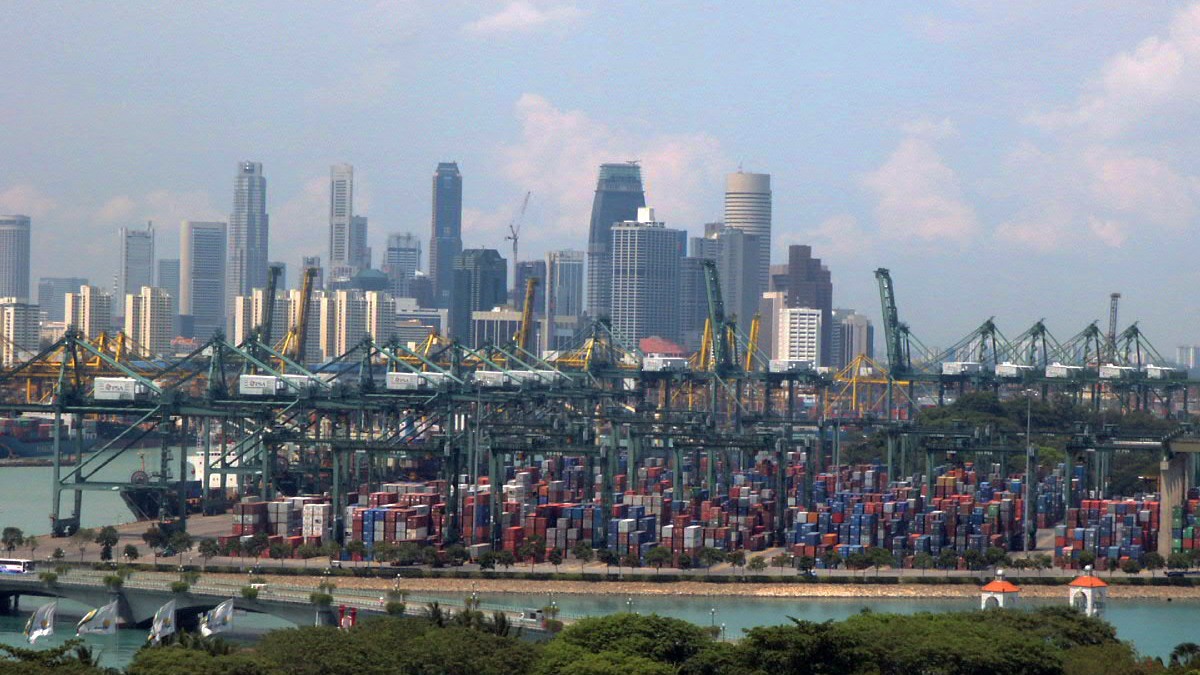
The Port of Singapore, one of the world’s busiest ports and the world’s largest container trans-shipment hub, will require all new harbor craft to be net zero by 2030.
Port of Singapore’s 2030 net zero transition
Specifically, the Maritime and Port Authority of Singapore (MPA), the regulatory authority for the maritime industry in Singapore, has mandated that all new harbor craft be electric, capable of using B100 biofuels, or compatible with net zero fuels such as hydrogen by 2030. It’s a step toward the plan for all harbor craft and pleasure craft to be net zero by 2050.
The Port of Singapore is located on the southern coast of Singapore, along the Strait of Singapore and the Malacca Strait, and it has six terminals. It serves as a key hub for global shipping and trade, and it boasts advanced facilities and infrastructure.
MPA Singapore’s pilot programs for the port’s first electric ferry and first all-electric battery-swapping vessel, the Hydromover, are on schedule to launch this year. MPA’s first charging station for electric maritime vessels will come online at Shell’s facilities on Pulau Bukom this year, and it’s also launching a larger charging station plan for the port that it says will be complete in 2025.
MPA is going to launch an Expression of Interest in the second quarter of 2023 to call for proposals for the design and development, demand aggregation, and green financing for new electric harbor craft, according to a LinkedIn post it put up today.
Electrek’s Take
This is bold and ambitious, because, as I mentioned earlier, the Port of Singapore is a major global trade hub.
Maritime Executive reports that Senior Minister of State for Transport Chee Hong Tat said about the 2030 port decision in a parliamentary address late last week, “The transition to a sustainable future will take time. We need to start now to achieve our 2050 net zero emissions targets.”
Its 2030 target is also essential: the global shipping industry is a significant contributor to greenhouse gas emissions. According to the International Maritime Organization, international shipping accounts for around 3% of global greenhouse gas emissions and growing.
The only thing I don’t quite understand is how the MPA is going to define “new.” I’d like to know, as there will still presumably be a lot of “old” polluting vessels sailing around the port. I’ve reached out to the MPA with that question, and will update if I hear back.
Read more: Singapore solar goes huge — on the water
Photo: “Singapore CBD Beyond the Port” by ashkyd is licensed under CC BY 2.0.
UnderstandSolar is a free service that links you to top-rated solar installers in your region for personalized solar estimates. Tesla now offers price matching, so it’s important to shop for the best quotes. Click here to learn more and get your quotes. — *ad.
